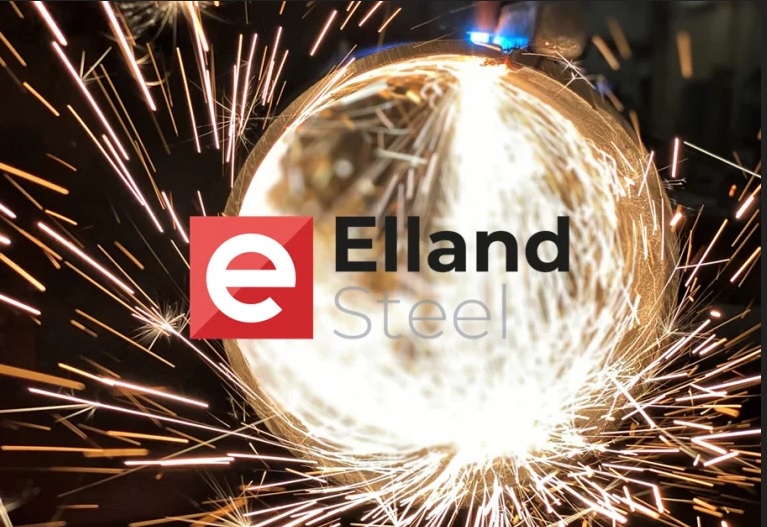What is causing the steel price increases?
Record high price increases were imposed for structural steel in September, January and March. Unprecedented pressures forced British Steel to increase steel section prices by a staggering £250 per tonne earlier this year.
The war in Ukraine was cited as a pivotal factor, as it deprived access to Russian and Ukrainian raw material.
Disruption to supply chains affected the availability of several steel building products, including steel plate. The pressures on the supply chain have eased and the pace of steel price increases has started to decelerate. However, the subsequent disruption to energy markets is still causing some price volatility so careful planning is advised to mitigate risks.
How will the steel price rises impact building products in Q3 and Q4?
At the time of writing (26th July), we haven’t seen a steel price increase since those in Q1 and Q2 of 2022. However, price fluctuations are still expected for the remainder of Q3 and Q4 2022. Particularly as the cost of energy from October, may have an impact on prices for Q4.
In July, the prices have stabilised and certain products have had a slight correction. In a speech at the BCSA dinner, Mark Denham, the BCSA president said that the majority of price increase and material availability pressures have now plateaued. We hope this new stability can be maintained, so we don’t see any major price hikes hampering project-starts.
Glenigan analysts review the overall decline of project starts
The strong growth in project-starts in the private housing, gave the industry some positivity. However, declines among civil engineering and non-residential sectors are holding back any form of recovery.
Energy costs could push steel prices up further
ArcelorMittal has cited “unprecedented” energy costs as pushing up its prices in early 2022. British Steel has warned steel prices could rise further still, too. All this comes as businesses grapple with already-rising costs for energy and fuel, and high inflation rates.
Elland steel’s stance
We continue to work closely with suppliers and clients alike to navigate and mitigate these challenges, with ongoing, open communication as standard. In an earlier article we looked at how best to forecast for price rises.
While no one can predict the future – particularly in such challenging, even volatile, market conditions as this – we can plan with the reality of uncertainty in mind. Good contractor engagement and communication is key. Early contractor involvement helps to identify the best materials and mitigate risks.
Escalator, or inflation, clauses continue to provide some level of protection, allowing prices to be adjusted relative to annual or periodic inflation. However, spot buying – procuring materials as a one-off or on a quick turn-around – which had previously been advised may now be limited by British Steel’s restrictions on order capacities.
Subscribe to the Elland Steel newsletter for the latest industry insights and updates.

